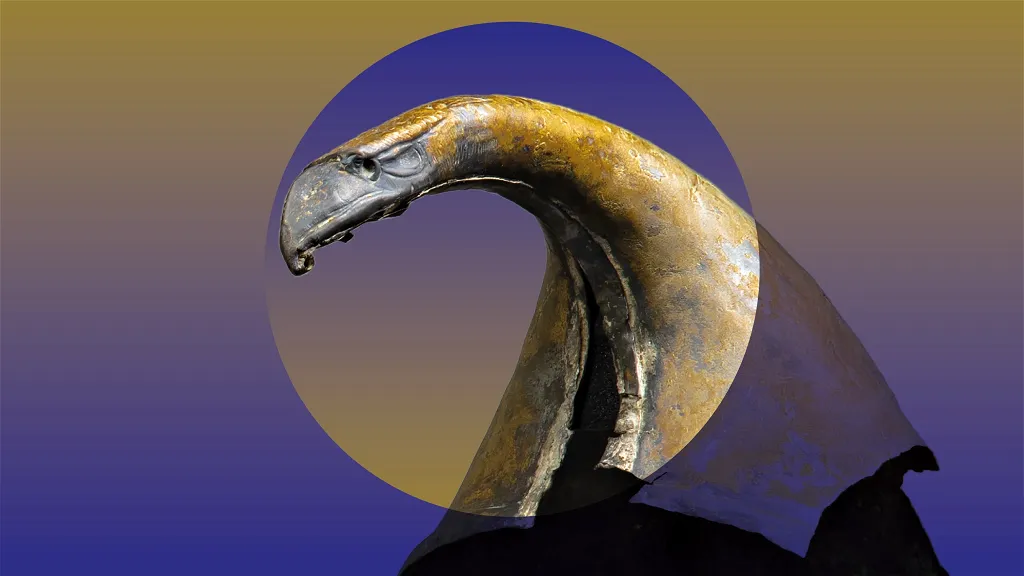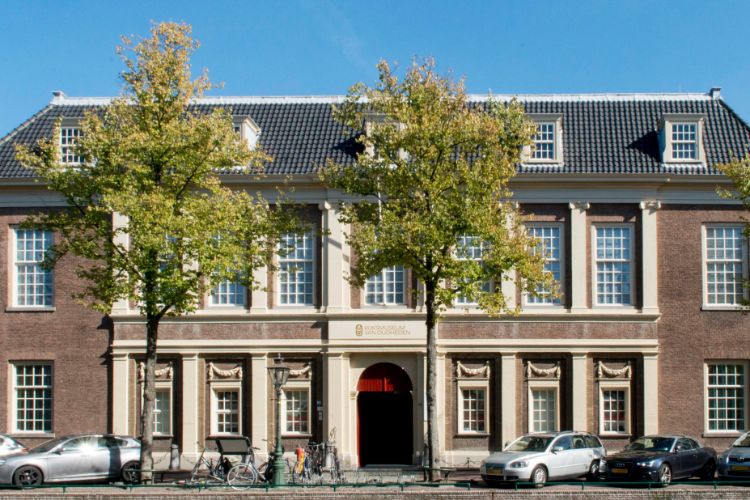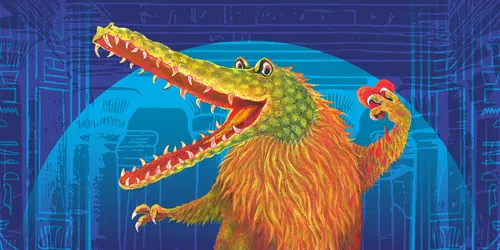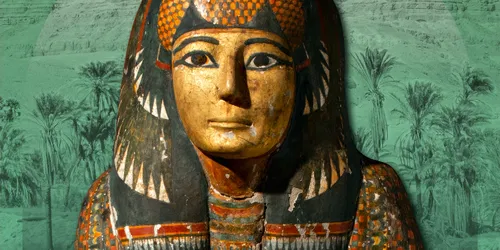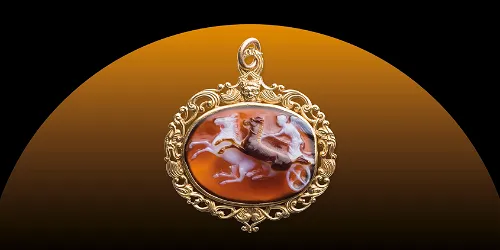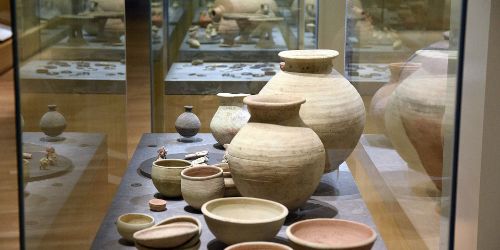Exhibition 'Fort Vechten' in National Museum of Antiquities
The Roman fort at Vechten, in the province of Utrecht, is one of the largest and at the same time one of the least known forts along the Roman frontier (the limes) in the Netherlands. The Rijksmuseum of Antiquities has been involved in archaeological research at Vechten for nearly two hundred years. In recent years, many finds originating from this site have been added to the collection. The hundred most extraordinary objects have been selected for this exhibition, including a number of unusual helmets, a face mask, luxury pottery and shoe soles of all shapes and sizes.
Finds and people
At Fort Vechten, people have been excavating objects from Roman times for almost two hundred years. Many of these are in the collection of the National Museum of Antiquities. This exhibition focuses not only on these objects and their location, but also on the people who found them.
Soldiers and archaeologists
In the nineteenth century, many objects were collected by the Dutch army during the construction of the Waterline Fort at Vechten. Among them are two extraordinary miniature limestone altars, a complete sword, a dagger, an attachment of an officer of the Roman army and two fine attachments of carriages. In the early twentieth century, the National Museum of Antiquities conducted excavations at Fort Vechten. This yielded, among other things, a silver-plated horse bridle and a wooden bucket with a chain to fetch water from a well. These archaeologists also found a nearly complete bowl of terra sigillata pottery.
Roadwork
In the 1970s, the A12 near Vechten was being widened. Private searchers then brought together a large number of Roman artifacts. A number of these collections were included in the museum collection in recent years. Altogether there are tens of thousands of objects, ranging from shards of pottery to special metal finds.
Top finds: helmets and a face mask
Absolute masterpieces include three beautifully decorated Roman helmets and a face mask. Very special are also objects made of wood, such as frames for glass windows, combs, a label for labeling goods and a writing board with an incised address. Wood usually decays in the soil, so these objects are rare. Large numbers of decorated writing pins, shards of luxurious terra sigillata pottery and assorted shoe soles show that Vechten must have been one of the most important sites along the Roman frontier in the Netherlands.
